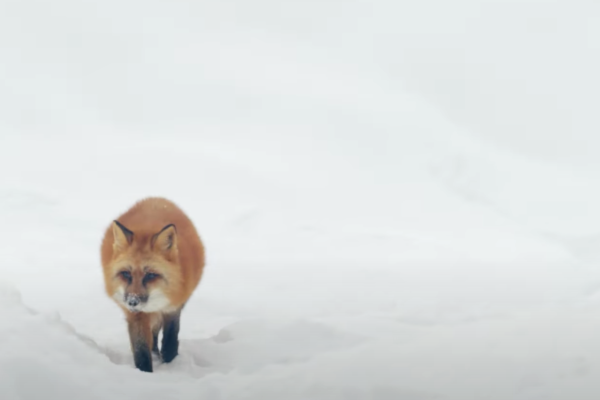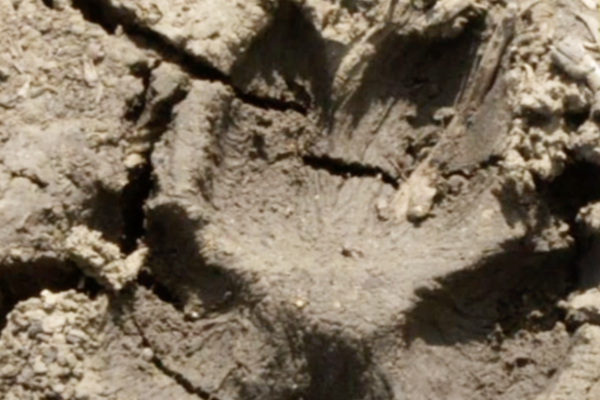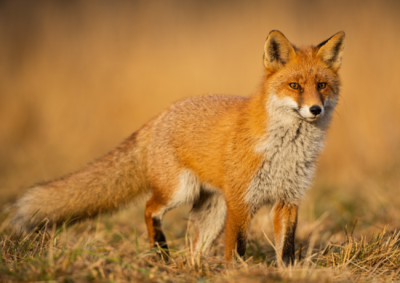Identification
Fox Identification

Sounds
Foxes make a lot of different noises for mating calls and forms of communication. The red fox, which is the most common fox, is very vocal. The most commonly heard red fox vocalizations are a quick series of barks and a scream variation.
All fox vocalizations are higher-pitched than dog vocalizations. This is because foxes are usually smaller. The bark sequence of foxes is thought to be more of an identification system; studies show that foxes can easily tell each other apart by this call.
The scream-like howl is most often heard in Spring during the breeding season. It is a very unique sound.
It is thought that this call is mostly used by female foxes to lure male foxes to them for mating, though males have also been found to make this sound occasionally as well. The bark and scream are very loud, so they are often heard.
Other fox vocalizations, on the other hand, are quiet and used for communication between individuals in very close proximity. Unusual sounds that they make is called gekkering. It is more of a guttural chatter with very occasional yelps and howls.
Gekkering is heard amongst adults in very aggressive encounters. Foxes also have an alarm call. This sounds like a cough but from afar sounds like a sharp bark.
Fox Droppings
Foxes produce dog-like droppings that are usually pointy at one end and full of fur, feathers, tiny bones, seeds, and berries. In rural areas, fox poo is quite dark but in urban areas where foxes eat waste, it can become even lighter.
You can tell if a fox is healthy or not by analyzing its droppings. Scientists can even tell what chemical compounds are in animal droppings. This helps them diagnose health problems the animal could be having.
The fox will often leave its droppings on objects such as rocks, stumps, or even tree logs. They do this to mark the spot.
Foxes are very territorial and marketing their territory is very common. Fox poop can also closer identify a fox’s diet. Foxes are omnivores. This means that they eat meat, vegetables, and fruit.
This gives their droppings a wide variety of counterparts. Foxes only usually make about two kills a week. To prevent starving they eat things like berries and vegetation.
Fox Tracks

Fox tracks, like many other wild animals, tend to be in an oval shape. They have four toes with a generally triangular shape. Each claw on a fox’s foot registers directly in front of each toe. In some states, the claws might not be seen clearly and be very hard to notice.
For red foxes, the details of the toes may be obscured since their feet are very furry and their toe pads are small. A distinct chevron-shaped pad across the footpad helps to identify the species.
For other foxes like gray foxes, the tracks often show toes more clearly as their feet are less rutty than your average red fox. Gray foxes tend to also retract their claws.
When this happens, no claw marks register in the tracks. Fox poop can then help identify fox tracks since they leave their marking everywhere they go.
Snow and wet mud preserve the clearest prints. When identifying tracks, remember that size can vary depending on what the animal was doing. This means that many tracks can differentiate from each other.
On even harder grounds, some of the pads or claws may not even register.
Fox Damage
Foxes cause much damage and are a threat to natural wildlife. For example, foxes, in general, have estimated to cause over $227 million damage to Australia’s agricultural industries a year. Some things that foxes do to the environment is prey on native wildlife. They also threaten ground-nesting birds and species that help keep the ecosystem balanced.

